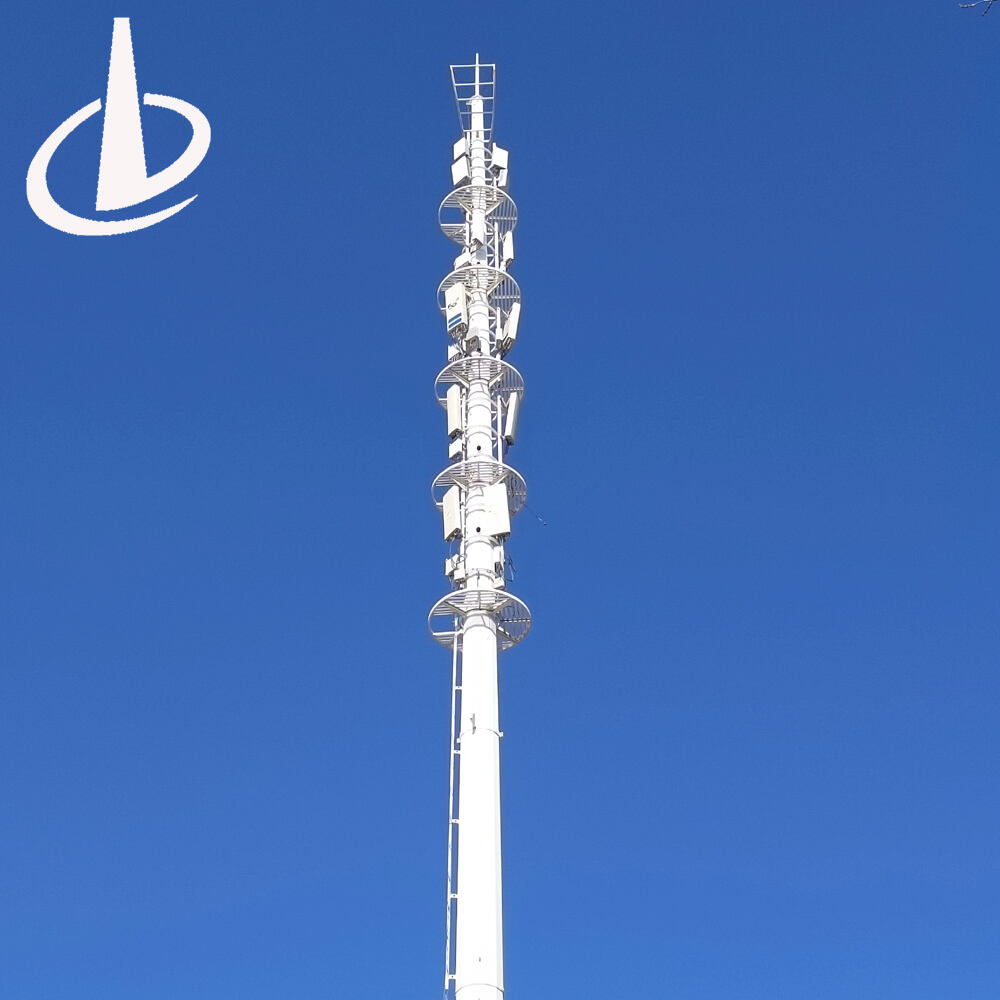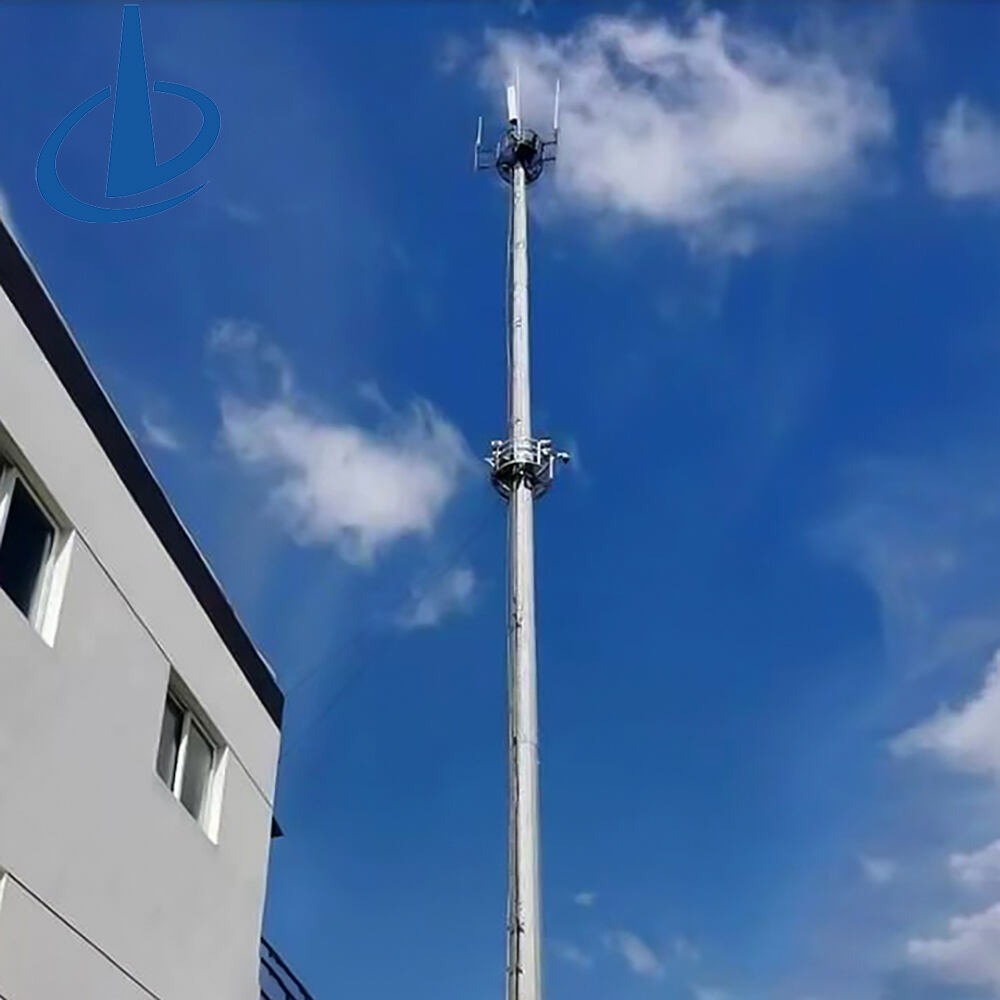weather radar tower
A weather radar tower stands as a critical infrastructure in modern meteorological monitoring systems, serving as an elevated platform for sophisticated radar equipment that continuously scans the atmosphere. These towers, typically ranging from 30 to 100 meters in height, house advanced Doppler radar systems that emit microwave signals to detect various atmospheric conditions. The tower's design incorporates specialized features to maintain stability during severe weather conditions while providing optimal positioning for radar coverage. The structure supports a protective radome housing that shields sensitive radar equipment from environmental elements while allowing radio waves to pass through unimpeded. Modern weather radar towers integrate multiple sensors, including precipitation gauges, wind monitors, and temperature sensors, creating a comprehensive weather monitoring station. The tower's elevation ensures an unobstructed view of weather patterns, enabling accurate detection of precipitation, wind patterns, and atmospheric disturbances across vast geographical areas. These installations feature advanced data processing systems that convert raw radar returns into actionable weather information, essential for meteorological forecasting and severe weather warnings.


